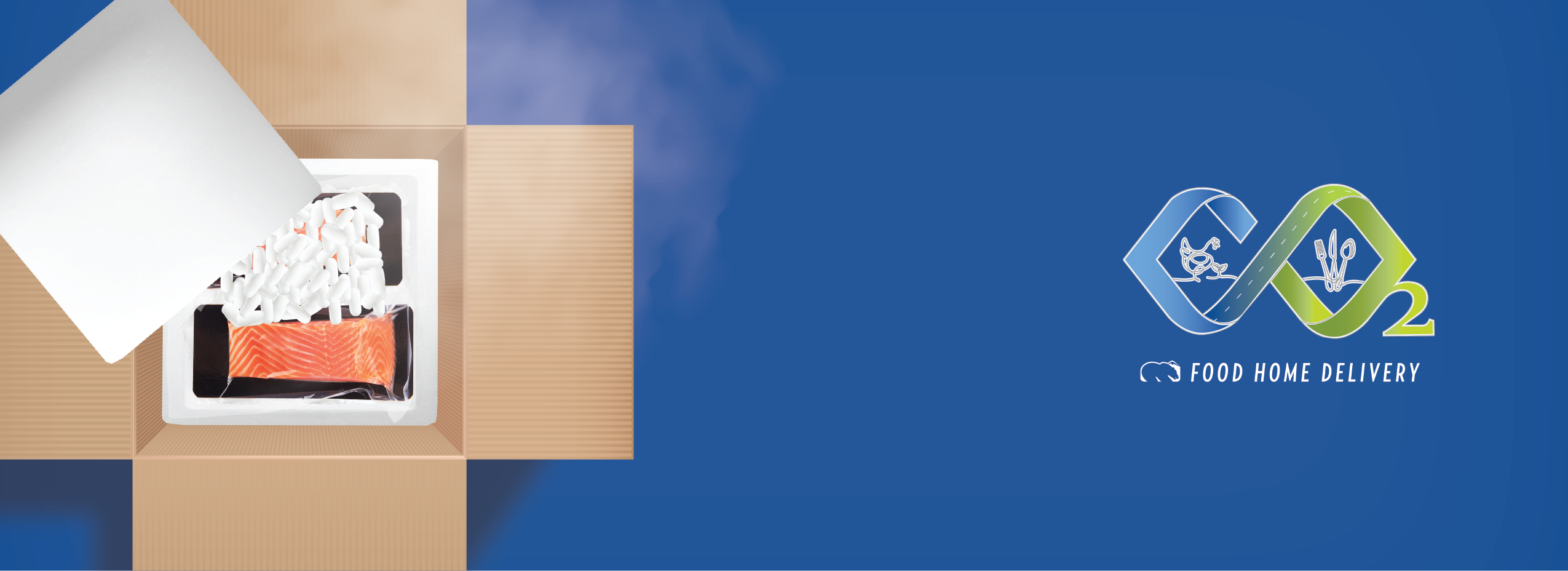The food production and home delivery industry has proven to be one of the most vibrant in the world economy, pandemics and all.
Finding the ideal cooling medium that keeps food from spoilage due to temperature excursions is a challenge. Whether it's same-day, next-day, two-day, five-day, or even ten-day shipments.
Most of the cooling options for food cold chain are environmentally harmful, such as gel packs, reefer-refrigerated transportation, etc. Dry ice on the other hand, is an environmentally friendly and highly effective cooling medium.
Producing your own dry ice on site gives you total control of your supply. You can have the amount of ice you need, in the format you need, when you need it, without being at the mercy of third parties.
In this webinar you will become an expert in dry ice and its applications in the food industry. You will master the factors that make dry ice the ideal cooling medium to minimize food waste during production and shipment to the final consumer.
Register for the Cold Jet webinar and become an expert in dry ice and its applications in food and cold chain production at home. It's easier than you might think!
We will cover from the most basic concepts: what is dry ice and how it is made, followed by the use that is given in the industry to the different formats such as pellet, nugget or slice of dry ice, how dry ice compares against other alternatives for cold chain, ending with the additional infrastructure to start a production of dry ice in house.
Key Learning Objectives
- What is dry ice?
- How is dry ice made?
- Making vs. buying: How to determine?
- Difference between nuggets, blocks, slices. How to choose?
- Food processing and food home delivery applications.
- Dry ice vs other cold chain mediums/alternatives (gel packs, refrigerated trucks).
- Additional infrastructure needed (bulk tanks, mini bulk tanks, dry ice bins, piping, power requirements, ventilation).



